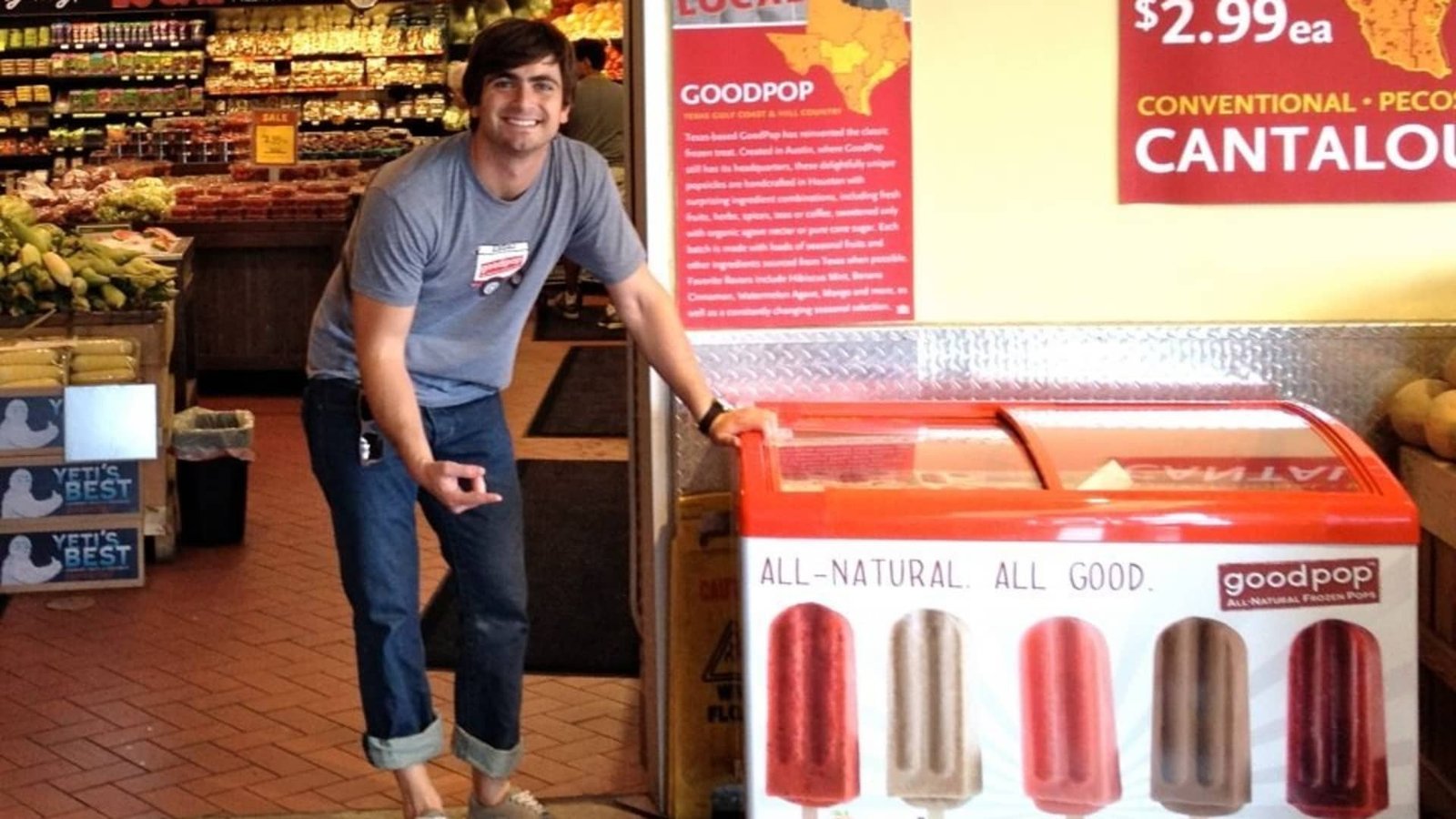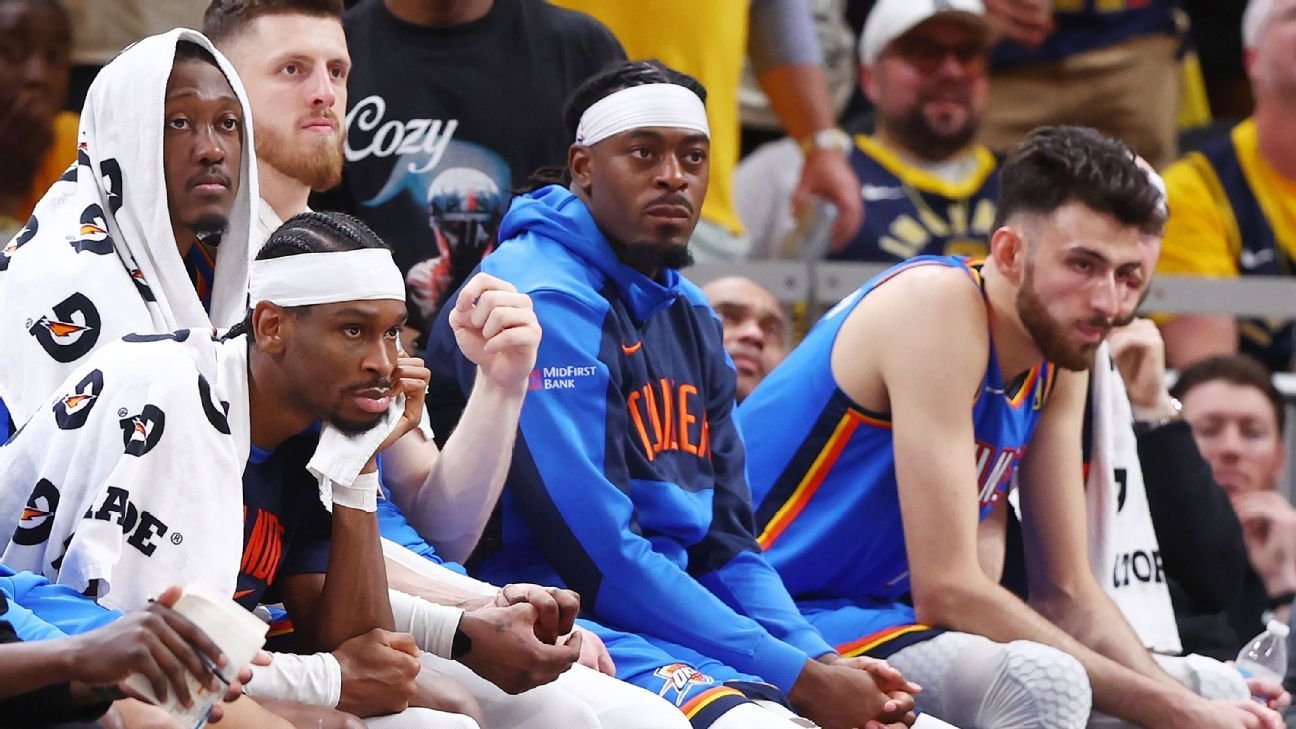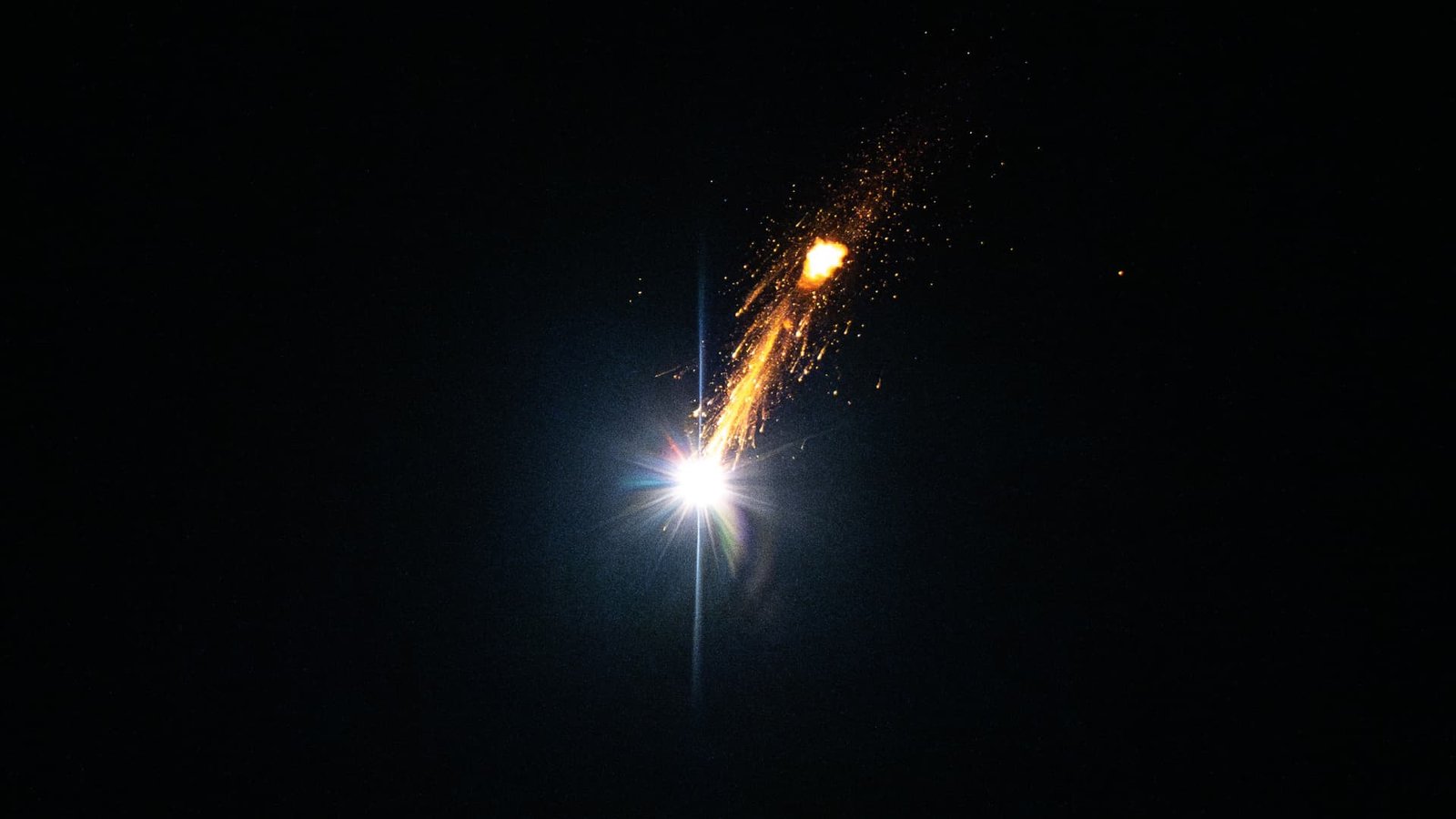Daniel Goetz spent many late nights as a college senior cutting and blending fresh fruits, and freezing them into popsicles to sell to parched customers near the University of Texas at Austin.
The advertising major fell in love with Mexican ice pops, called paletas, while visiting Mexico City with his college girlfriend. Inspired, Goetz started mocking up potential brand names and doodling logos during a class in 2009. He landed on the name “GoodPop.”
Today, the Austin-based organic popsicle and ice cream bar company’s frozen desserts are sold in more than 10,000 locations across the U.S., including Costco, Walmart and Whole Foods Market. GoodPop brought in more than $63 million in gross sales in 2024, according to documents reviewed by CNBC Make It. It’s never taken external funding, says Goetz.
GoodPop has been profitable nearly every year since its launch, with 2024 as an exception. It likely won’t be profitable in 2025 either, following the winding down of an unpopular product line, but is projected to return to profitability in 2026, says a company spokesperson.
DON’T MISS: A step-by-step guide to buying your first home—and avoiding costly mistakes
Goetz, still the company’s CEO, built GoodPop with extremely little experience or industry expertise. He “knew nothing” about supply chains or the consumer packaged goods market, he says, and spent years “driving a lot … running around all over Texas, making deliveries.”
He spent his first four years after graduation sleeping “rent-free” on friends’ couches around Austin so he could save money while trying to build GoodPop, he says. He cut fruit and froze 80 popsicles per hour, by hand, in a local paleteria that let him use its kitchen after hours.
“I just knew that we had this delicious pop with lower sugar, real fruit, and there was nothing like it on the market,” says Goetz, 38, adding: “Any opportunity that I could to put these products in front of Austinites, to introduce them and to see if we were on to something, I did.”
multibillion-dollar annual revenue by the time Goetz’s family sold their interest in 2014.
“I’m so fortunate to grow up in a family of entrepreneurs. But, at the same time, I knew that I needed to make my own mark on this world and do it on my own,” says Goetz.
With GoodPop, he spent $3,500 — money he’d saved from a lawn-mowing business he started in middle school — on signage, a pushcart of his own and produce to make and sell his first popsicles.
He sold them for $2 apiece at local music festivals and farmer’s markets, bought more ingredients with his proceeds, and spent three weeks making 18,000 popsicles to sell at the annual Austin City Limits music festival in October 2009, he says.
Then, rain turned the festival into a “mud fest,” he says. “It [was] a cold, sloppy mess … and out of those 18,000 pops, we sold four. I thought that this was going to kickstart [the business] and change everything, and we were left with 17,996 pops that I had to figure out what to do with and [almost] no money.”
Goetz rushed the popsicles to a cold storage facility, paid $50 per month to store them and returned to school “dejected,” he says. A few months later, he cut his losses and handed them out for free at Austin’s annual SXSW festival.
more than $1.3 billion in 2024, according to an estimate from Cognitive Market Research. That makes GoodPop a small player in a market dominated by packaged goods giants: Unilever, the world’s largest ice cream producer, brought in more than $9.5 billion in 2024 revenue from frozen dessert brands like Magnum, Ben & Jerry’s and the original Popsicle.
Even among plant-based, real-fruit frozen desserts, GoodPop competes with brands like Outshine, owned by a joint venture between Nestlé and French private equity firm PAI Partners, and New York-based Chloe’s, which sells low-sugar fruit pops in more than 10,000 stores nationwide, including Walmart and Wegman’s.
They all face a tough road convincing more Americans to buy lower-sugar desserts. In January, GoodPop wound down a line of low-sugar beverages — which mixed fruit juice with sparkling water — after customers said their kids didn’t think the drinks were sweet enough.
“We were not willing to compromise on any added sugar or any additional sweeteners,” says Goetz, adding: “We have some tough times ahead, as far as continuing to reset those taste buds. But it’s a worthwhile cause.”
Ultimately, Goetz’s goal from college remains roughly the same: get GoodPop’s desserts into as many new hands as possible. In February, the company landed a licensing deal with The Walt Disney Company, adding “Star Wars” and Mickey Mouse-themed products to GoodPop’s offerings — a new strategy for the company to catch shoppers’ attention.
“The future looks like doubling down on what makes our products great,” Goetz says.
Are you ready to buy a house? Take Smarter by CNBC Make It’s new online course How to Buy Your First Home. Expert instructors will help you weigh the cost of renting vs. buying, financially prepare, and confidently navigate every step of the process—from mortgage basics to closing the deal. Sign up today and use coupon code EARLYBIRD for an introductory discount of 30% off $97 (+taxes and fees) through July 15, 2025.
Plus, sign up for CNBC Make It’s newsletter to get tips and tricks for success at work, with money and in life, and request to join our exclusive community on LinkedIn to connect with experts and peers.



